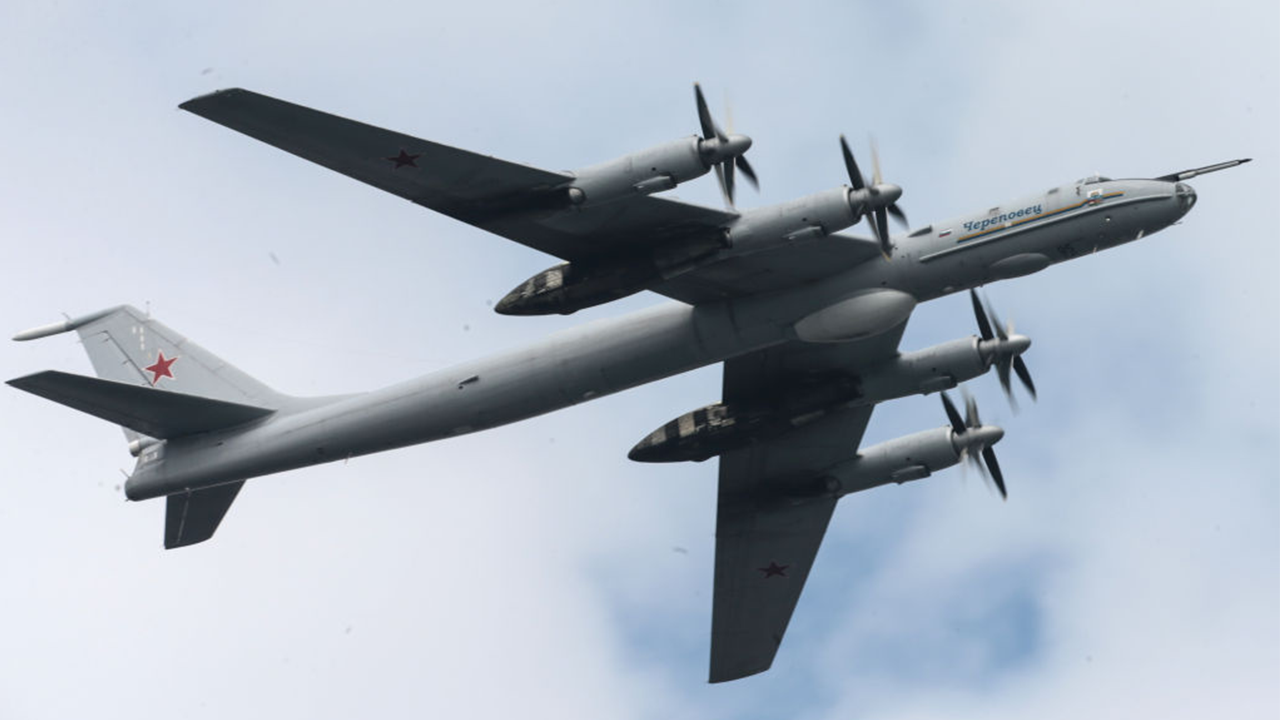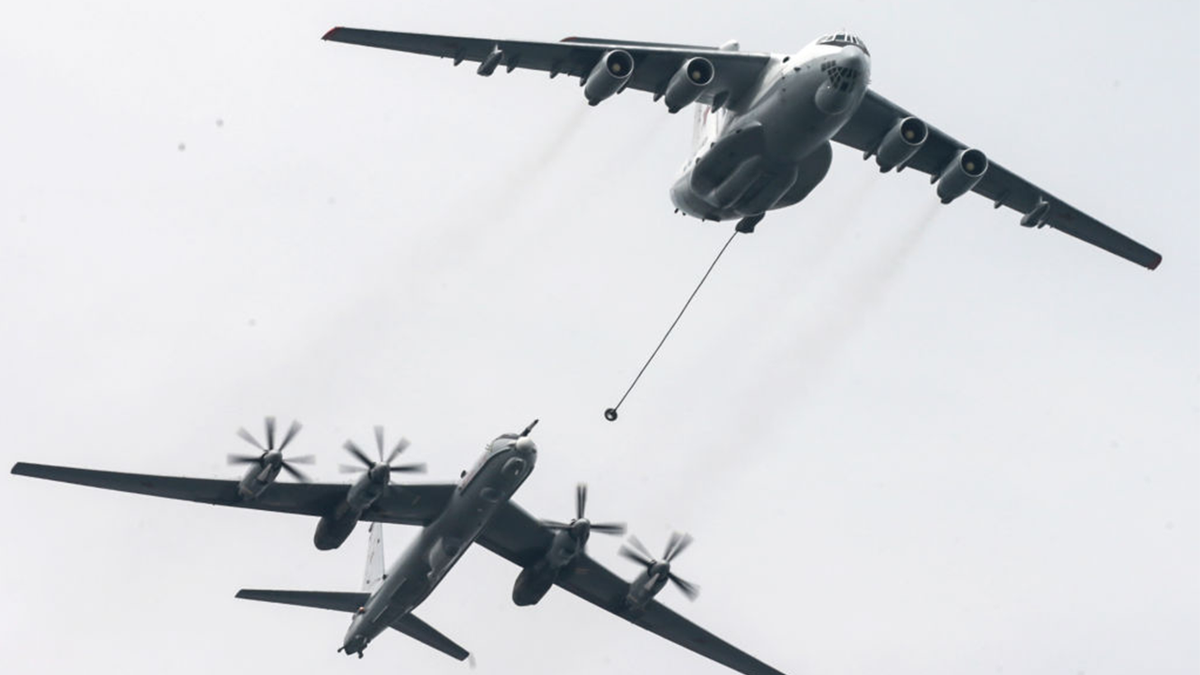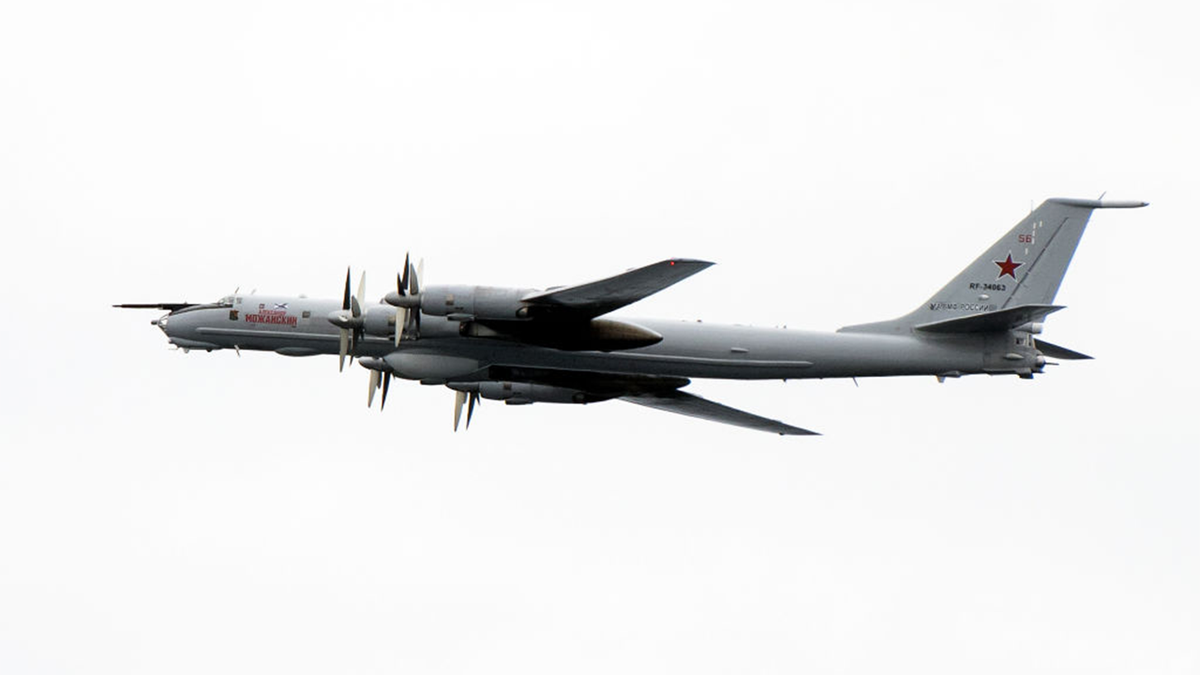Russian military aircraft detected off Alaskan coast for 4th time since 9/11

The North American Aerospace Defense Command, or NORAD, said it detected Russian military aircraft off the coast of Alaska on Sunday, marking the fourth time since 9/11 amid heightened tensions between the U.S. and Russia.
Two Russian IL-38 military planes operating in the Alaska Air Defense Identification Zone, or ADIZ, were detected and tracked on Sunday, NORAD said in a news release.
The aircraft remained in international airspace and did not enter U.S. or Canadian sovereign airspace, NORAD said, adding that this Russian activity in the Alaska ADIZ happens regularly and is not believed to be a threat.
PUTIN THREATENS WAR WITH NATO AS RUSSIAN MILITARY AIRCRAFT SPOTTED OFF ALASKA
The aircraft in the other three incidents in the past week — on Wednesday, Friday and Saturday — also remained in international airspace in Alaska’s ADIZ and were not viewed as a threat, according to NORAD.
The U.S. and Canada, which together make up NORAD, first intercepted a couple of Russian military aircraft on Wednesday.
A pair of TU-142s were detected by NORAD on Friday. And on Saturday, two Russian IL-38 planes were intercepted, the same type of aircraft intercepted in Sunday’s incident.

An ADIZ begins where sovereign airspace ends and is a defined stretch of international airspace requiring the ready identification of all aircraft in the interest of national security, NORAD said.
NORAD said it employs a layered defense network of satellites, ground-based and airborne radars and fighter aircraft to detect and track aircraft and inform appropriate actions. The company said it is prepared to employ a number of response options to defend North America.
BIDEN ADMIN FACING MOUNTING PRESSURE TO ALLOW RUSSIA TO STRIKE INSIDE UKRAINE WITH US MISSILES

Earlier this summer, NORAD intercepted two Russian and two Chinese bombers flying near Alaska for the first time that the two countries have been intercepted while operating together, U.S. officials said at the time.
Read the full article here







